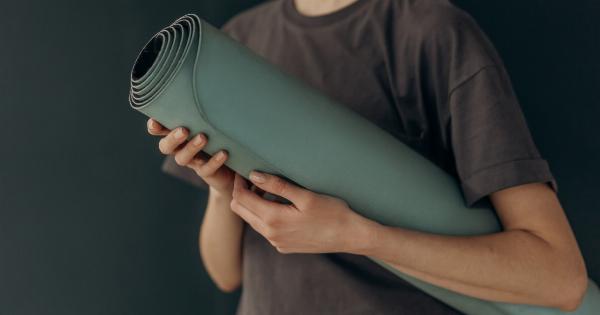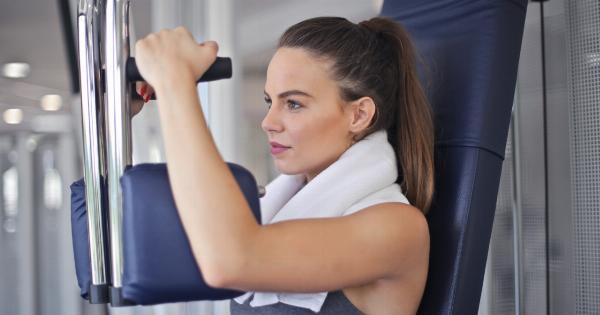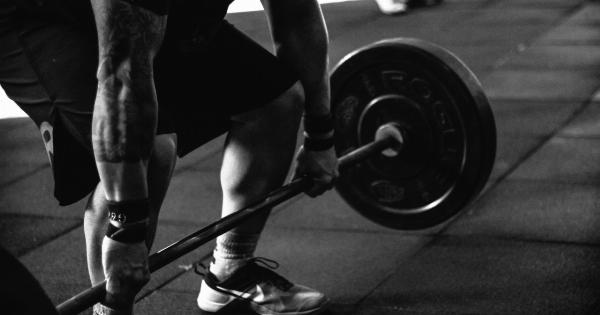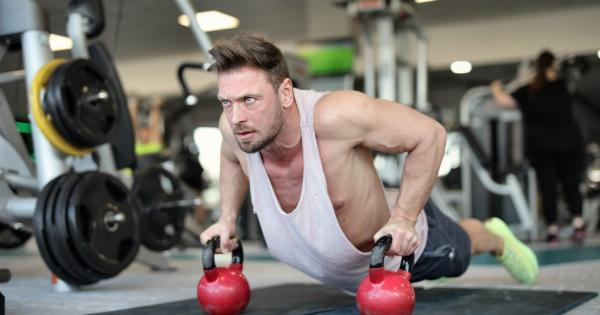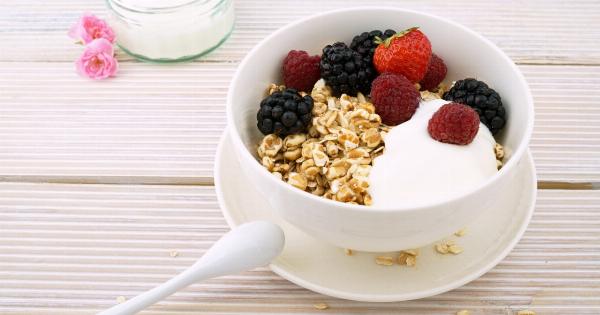Feeling an achy body after a tough workout or a long day at work is a common occurrence for many people. Sore muscles, tightness, and discomfort can hinder your daily activities and make you feel less productive.
However, there’s a simple and effective solution to help relieve the ache and promote muscle recovery – foam roller exercises.
Foam rolling, also known as self-myofascial release, is a technique that uses a cylindrical foam roller to apply pressure to specific areas of your body.
This pressure helps release muscle tension, improves blood circulation, and speeds up the recovery process. Whether you’re an athlete or a sedentary individual, foam roller exercises can benefit you tremendously.
The Benefits of Foam Roller Exercises
Before diving into the different exercises, let’s explore the multiple benefits of incorporating foam rolling into your routine:.
1. Improved Flexibility and Range of Motion
Regular foam rolling can enhance your flexibility and increase your range of motion. By targeting tight muscles and fascia, you can break up adhesions and improve muscle elasticity.
This increased flexibility helps you perform daily tasks with ease and minimizes the risk of injuries.
2. Faster Muscle Recovery
Foam rolling stimulates blood flow to your muscles, which assists in speeding up the repair and recovery process.
This increased circulation delivers essential nutrients to your muscles and flushes out toxins, reducing muscle soreness and promoting faster recovery after intense workouts.
3. Reduced Muscle Pain and Discomfort
If you experience muscle pain and discomfort, foam roller exercises can provide significant relief. The pressure and massage-like effect of foam rolling help release built-up tension in your muscles, reducing pain and stiffness.
It’s like getting a deep tissue massage in the comfort of your own home.
4. Prevention of Muscle Imbalances
Consistent foam rolling can help prevent muscle imbalances by addressing areas of tightness and tension. Muscle imbalances occur when certain muscles become overactive or underactive, leading to compensations and an increased risk of injuries.
By releasing tight muscles and improving muscle activation, foam rolling helps maintain balance and alignment within your body.
5. Increased Warm-Up Efficiency
Using a foam roller before your workout acts as a dynamic warm-up, preparing your muscles for the physical demands ahead.
Foam rolling activates your muscles, increases circulation, and improves mobility, all of which contribute to a more efficient warm-up and better overall performance.
6. Stress Relief and Relaxation
Foam rolling isn’t just beneficial for your physical well-being – it also promotes mental relaxation and stress relief.
The act of foam rolling releases endorphins, the body’s natural feel-good hormones, which can help reduce stress, anxiety, and promote a sense of well-being.
7. Cost-Effective and Versatile
One of the greatest advantages of foam roller exercises is their cost-effectiveness and versatility. A foam roller is a relatively inexpensive tool that you can use at home, at the gym, or even take with you when you travel.
By investing in a foam roller, you can access its benefits whenever you need them, without breaking the bank.
Seven Foam Roller Exercises for Muscle Relief
Now that you understand the benefits of foam roller exercises, let’s explore seven effective exercises that can alleviate your achy body and promote muscle recovery:.
1. Quadriceps Roll
Lie face down with your foam roller positioned under your thighs. Using your hands for support, roll up and down from your hips to just above your knees. Apply gentle pressure and pause on any tender spots.
Repeat for 1-2 minutes before switching to the other leg.
2. IT Band Roll
Lie on your side with the foam roller beneath your bottom hip. Stack your top leg in front of the other for stability. Roll from your hip to just above your knee, focusing on the outer thigh area.
Take your time and pause on any areas that feel tight or tender. Repeat on the opposite side.
3. Hamstring Roll
Sit on the foam roller with your legs stretched out in front of you. Place your hands on the ground behind you for support. Roll from your glutes to just above your knees along the back of your thighs.
Be cautious with this exercise, as the hamstrings can be sensitive. Repeat for 1-2 minutes.
4. Glute Roll
Sit on the foam roller with your right foot crossed over your left knee. Shift your weight slightly to the right to target your right glute. Roll back and forth, focusing on any tender spots. Repeat on the left side.
5. Upper Back Roll
Lie on your back and position the foam roller underneath your upper back. Bend your knees and place your feet flat on the ground. Lift your hips off the floor and slowly roll up and down the length of your upper back.
Pause and apply pressure on any areas that feel tight or tense.
6. Calf Roll
Sit on the ground with your legs extended and the foam roller placed under your calves. Place your palms behind you and lift your hips slightly off the ground. Roll from your ankles to just below your knees, targeting the calf muscles.
Take your time and focus on any areas that need extra attention.
7. Chest and Shoulder Roll
Lie on your stomach with the foam roller positioned horizontally across your chest. Extend your arms out to the sides, forming a “T” shape. Roll from your armpits to the front of your shoulders, applying gentle pressure.
This exercise helps release tension in the chest and shoulder muscles.
Remember to breathe deeply during each foam rolling exercise and adjust the pressure according to your comfort level. If you experience intense pain or discomfort, it’s best to consult with a healthcare professional.
Incorporate these foam roller exercises into your routine regularly to experience the benefits of muscle relief and enhanced recovery. You’ll soon find that your achy body is no longer a problem, thanks to the power of foam rolling.


